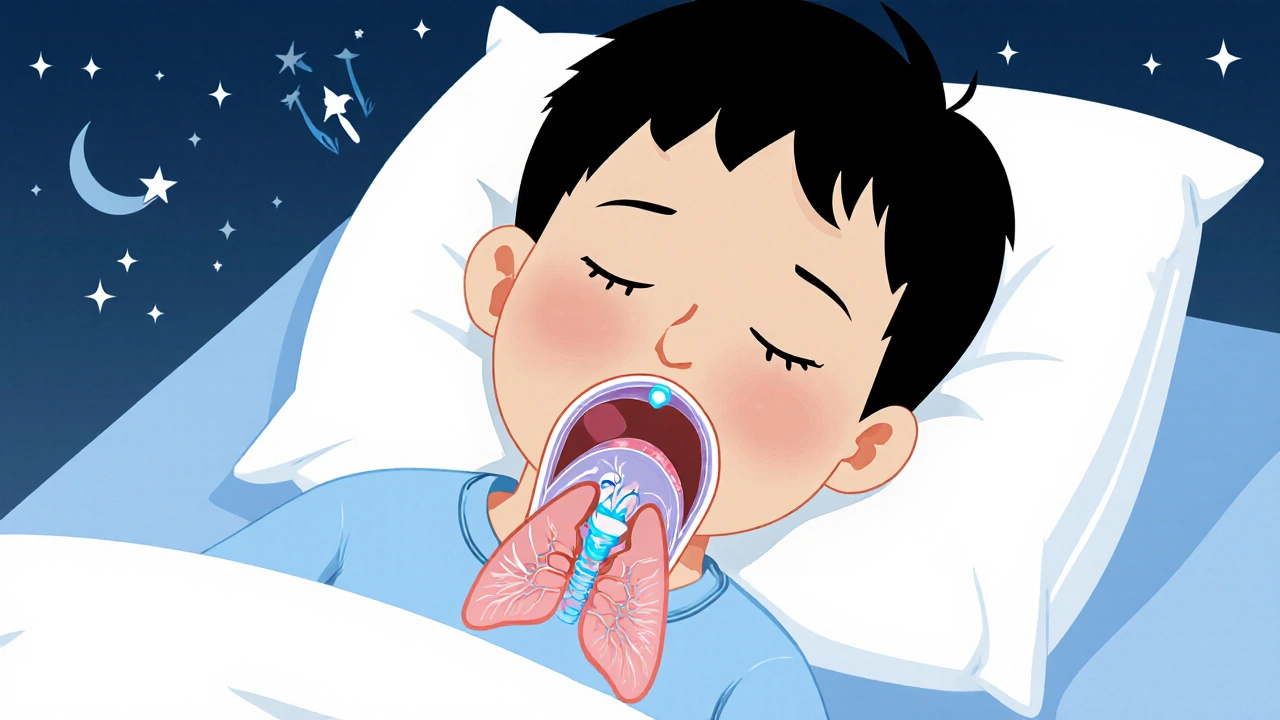When your child keeps getting sore throats or your own breathing feels blocked at night, you might hear your doctor mention tonsils and adenoids, lymphoid tissues in the throat that help trap germs but can become problematic when swollen or infected. Also known as pharyngeal lymphatic tissue, these are part of your body’s first line of defense—especially in kids. But when they’re always inflamed, they stop helping and start hurting.
Tonsils, the two round lumps on either side of the back of your throat are easy to see if you open wide. Adenoids, hidden up behind the nose and hard to see without special tools work behind the scenes, filtering air before it reaches your lungs. Both are most active in early childhood, which is why problems like frequent ear infections, snoring, or trouble swallowing often show up between ages 2 and 7. By teenage years, they usually shrink and become less of an issue.
But when these tissues get stuck in overdrive—swelling with every cold, blocking airways, or turning into a breeding ground for bacteria—they turn from protectors into problems. Recurrent strep throat, sleep apnea, chronic nasal congestion, or even hearing loss from fluid buildup behind the eardrums can all trace back to swollen tonsils or adenoids. Antibiotics help sometimes, but if infections keep coming back, surgery might be the only real fix.
That’s where tonsillectomy, the surgical removal of the tonsils and adenoidectomy, the removal of the adenoids come in. These are among the most common childhood surgeries, and for good reason. Studies show kids who get them after five or more strep infections in a year, or who have breathing issues during sleep, often sleep better, get sick less, and even do better in school afterward. Adults can need them too—especially if chronic tonsil stones or persistent throat pain don’t respond to anything else.
Recovery isn’t fun—throat pain, earaches, and fatigue are normal for about a week—but most people bounce back faster than expected. And while some worry about losing immune protection, the body has plenty of other ways to fight infection. The trade-off? Fewer sick days, less antibiotics, and better sleep.
What you’ll find in these articles aren’t just medical summaries. You’ll read real stories from parents who’ve been there, adults who finally got relief after years of throat pain, and clear breakdowns of when surgery makes sense—and when it doesn’t. There’s no fluff, no hype—just what works, what to expect, and how to talk to your doctor about the next steps.

Pediatric sleep apnea is often caused by enlarged tonsils and adenoids. Learn how surgery, CPAP, and other treatments help children breathe better at night and avoid long-term health risks.